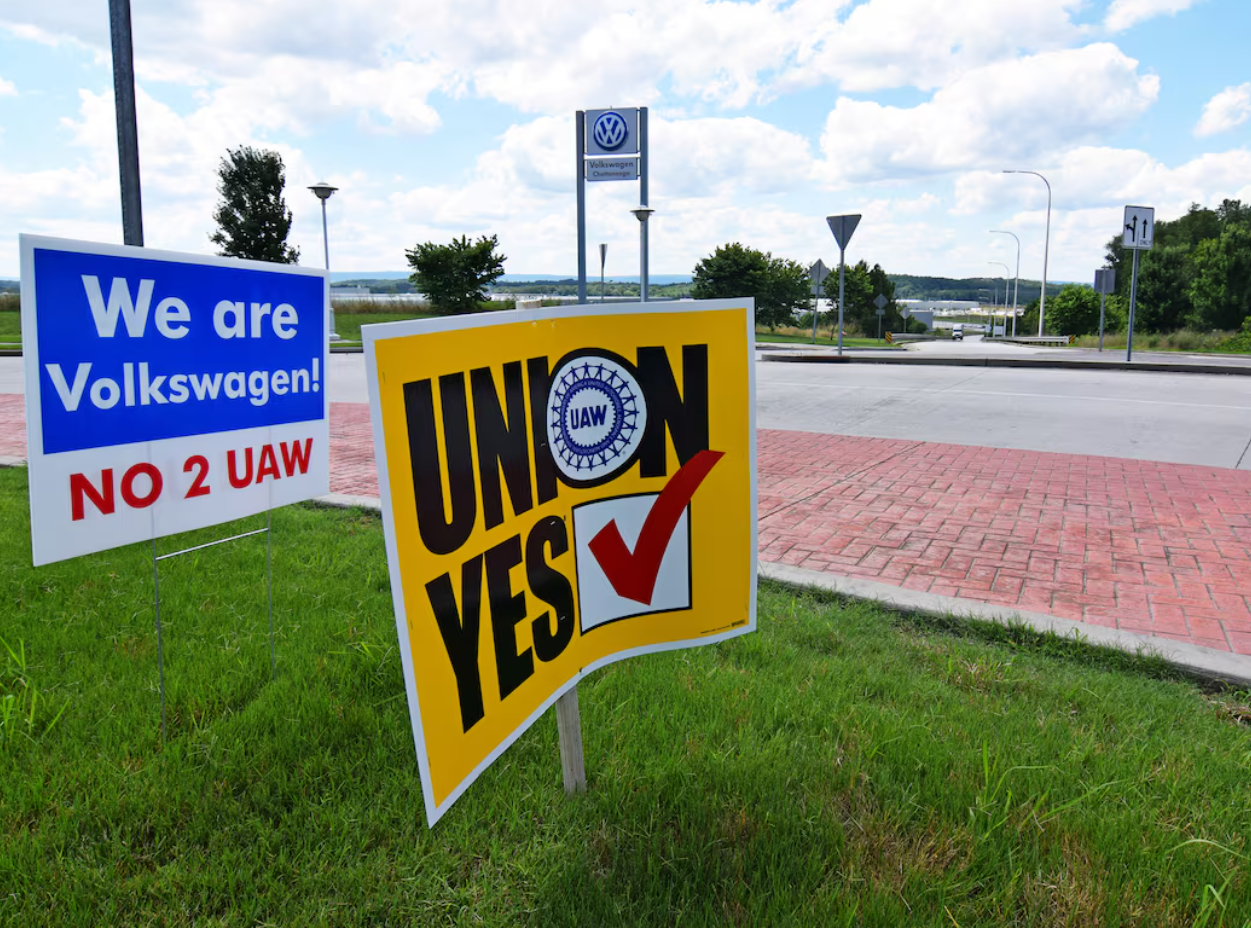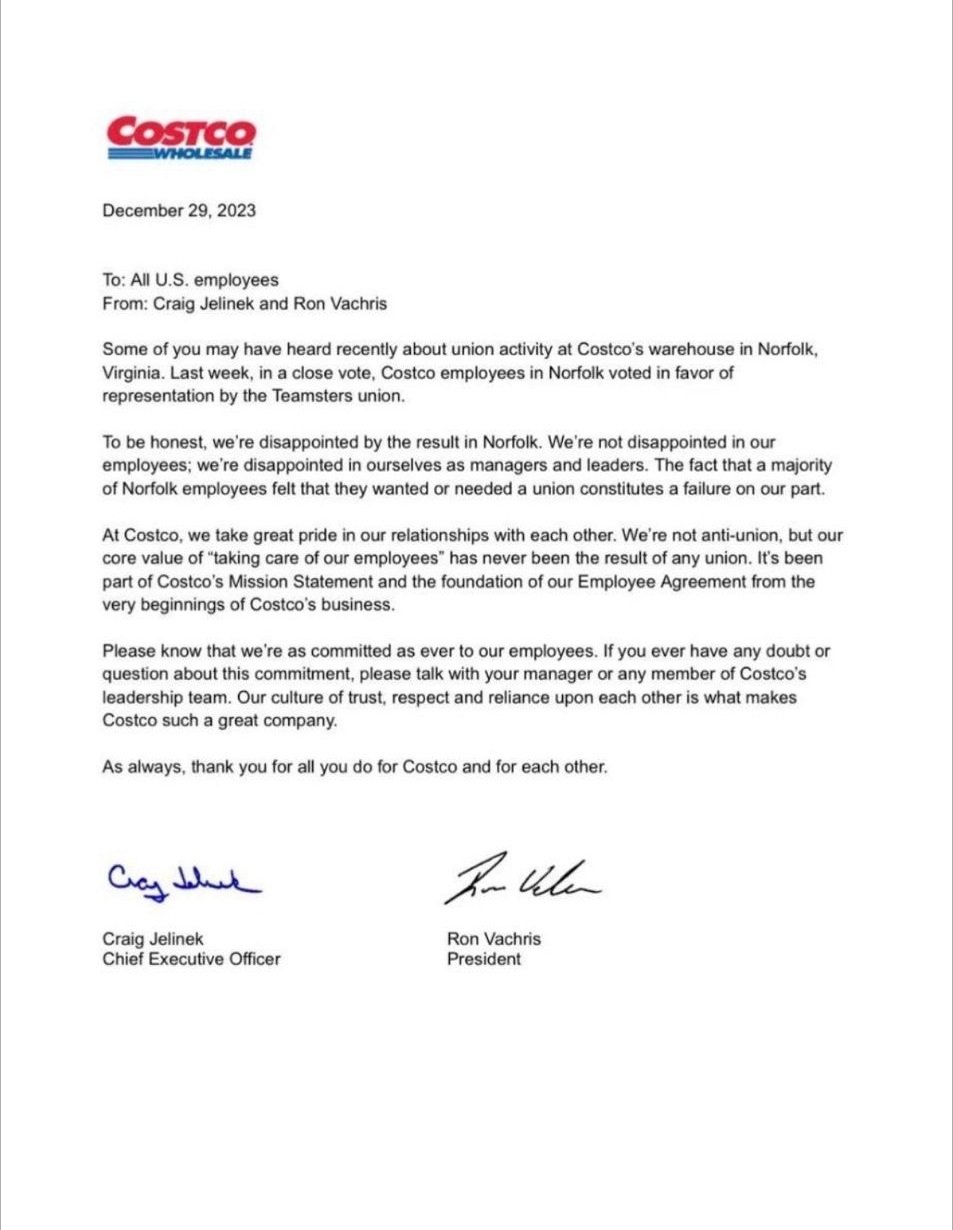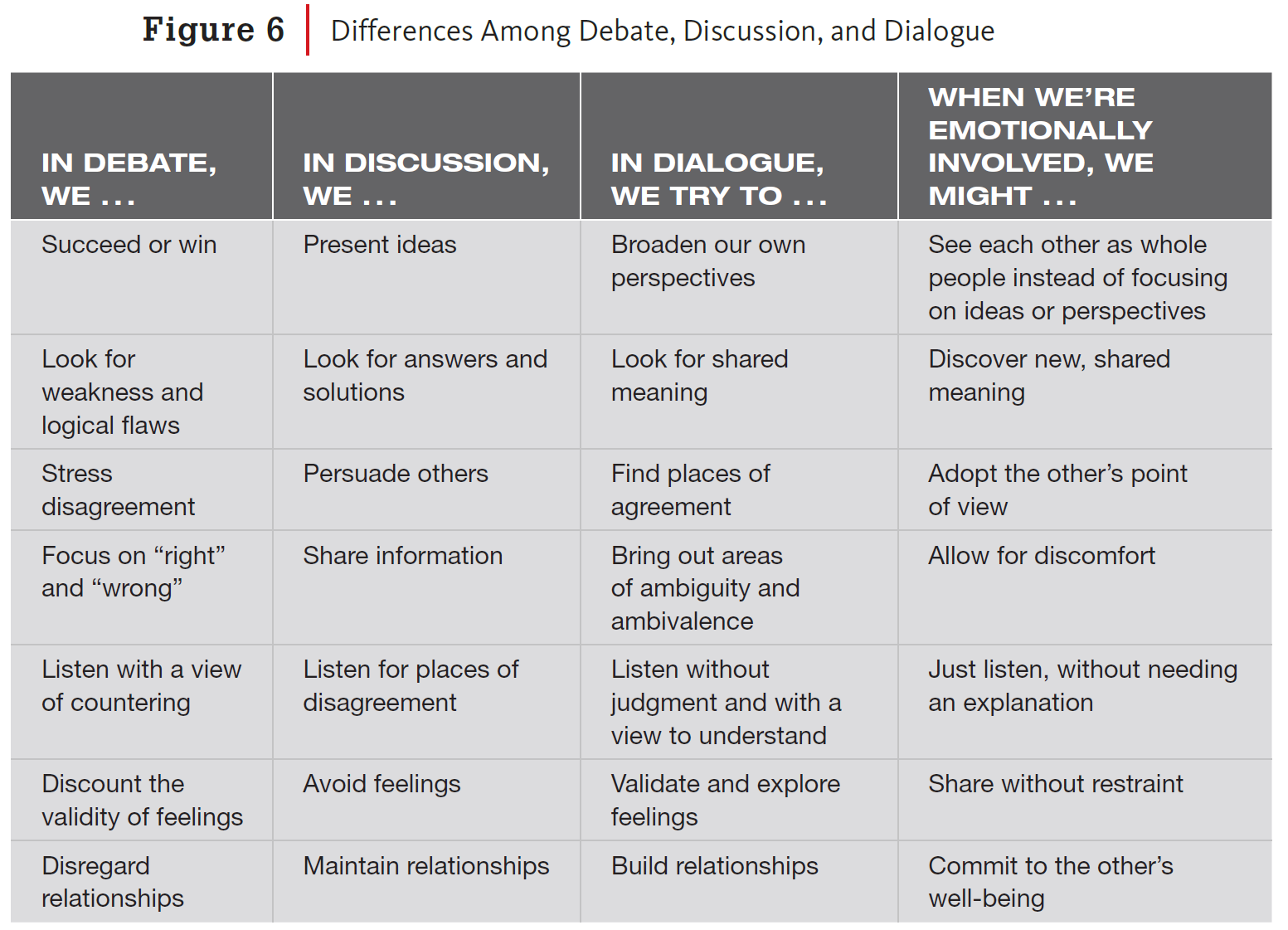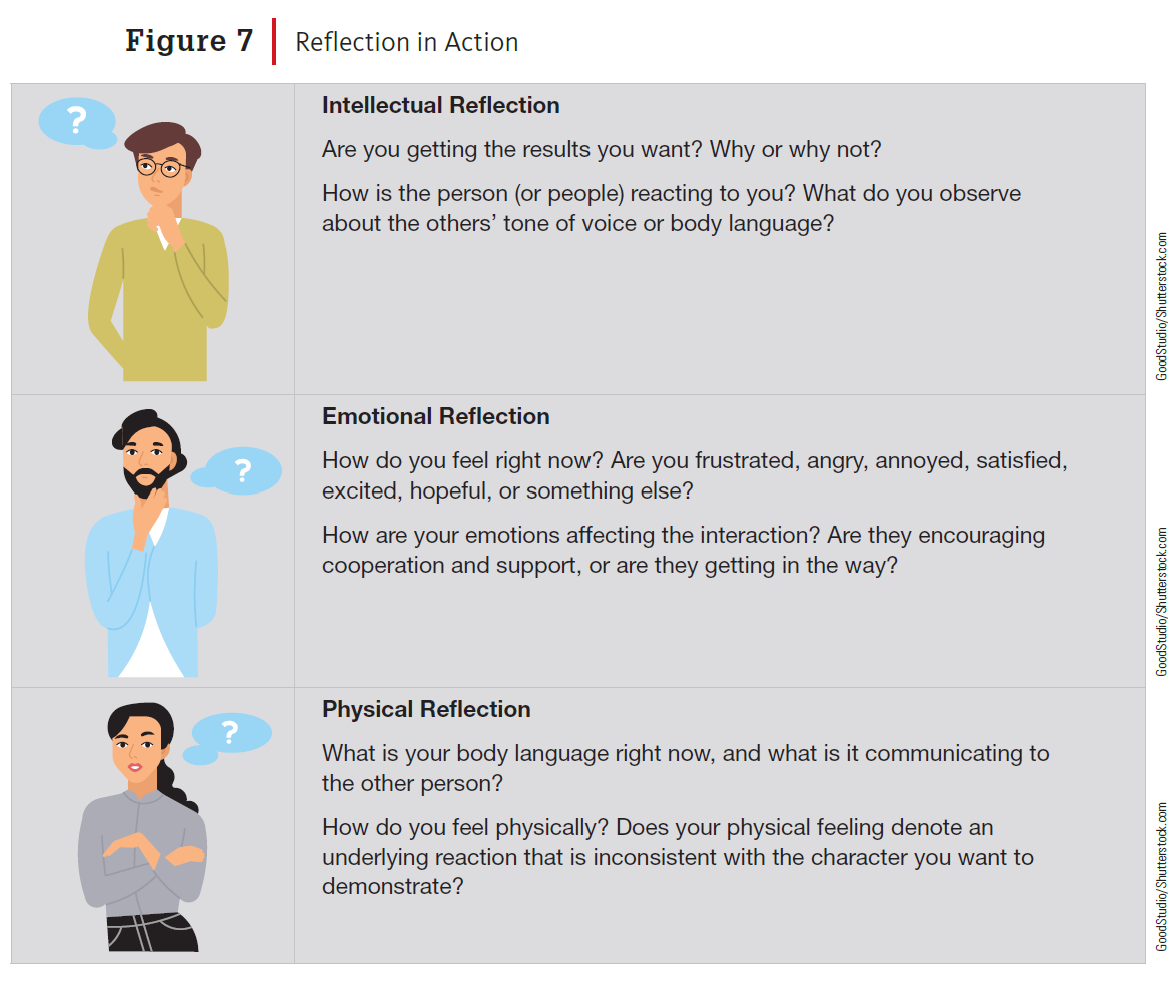BP’s communicators addressed sensitive “relationship” issues in the company’s announcement about the CEO resignation. I’ve analyzed the British energy company’s message by paragraph.
BP plc announces that Bernard Looney has notified the Company that he has resigned as Chief Executive Officer with immediate effect.
Murray Auchincloss, the Company’s CFO, will act as CEO on an interim basis.
The message—some might call it “bad news,” others “positive”—is intended to be persuasive, with the goal of convincing audiences (likely investors primarily and the press/employees secondarily) that BP is an ethical company that stands by its values. The news is right up front, with an interesting few extra words.: “BP plc announces that” seems superfluous, and yet, the company intentionally leads with its own action, if only “announcing.” This reflects an attempt to demonstrate accountability, a subtle way of saying that the “resignation” is more of a technicality and likely was demanded.
The CEO replacement, even an interim one, is announced immediately to convey confidence and smooth operations.
In May 2022, the Board received and reviewed allegations, with the support of external legal counsel, relating to Mr Looney’s conduct in respect of personal relationships with company colleagues. The information came from an anonymous source.
A little history is good, but this seems misplaced. At first, I misread that it took the Board more than a year to take action. A short statement about the recent situation, which led to the resignation, before this part would be clearer. Also, “personal relationships with company colleagues” sounds icky, but I can’t think of anything better. It is icky. Stating “anonymous source” is relevant because the report didn’t come from Looney, increasing the ethical questions about his behavior and supporting the Board’s actions.
During that review, Mr Looney disclosed a small number of historical relationships with colleagues prior to becoming CEO. No breach of the Company’s Code of Conduct was found. However, the Board sought and was given assurances by Mr Looney regarding disclosure of past personal relationships, as well as his future behaviour.
“A small number” raises more questions than it answers. Whatever the number is, I’m thinking of something higher. “Historical” is an attempt to create greater distance than “prior to becoming CEO” implies. Mentioning the Code of Conduct is important—both that the company has one and that Looney didn’t, for example, have a relationship with someone who reported to him (which is what this implies). The last sentence uses “the Board” again as the actor, emphasizing its due diligence. But “However” seems misplaced after the previous sentence, and “given assurances . . . regarding . . .” is vague. More precise wording would convey that he said he had disclosed ALL past relationships (but hadn’t) and committed not to pursue additional relationships (which is odd and could probably be omitted).
Further allegations of a similar nature were received recently, and the Company immediately began investigating with the support of external legal counsel. That process is ongoing.
Here’s the real reason for his “resignation.” Using passive voice for the first independent clause of the sentence, the company downplays the Board. With active voice in the second independent clause, the Company springs into action. But despite an “ongoing” investigation, they have apparently, finally, had enough.
Mr Looney has today informed the Company that he now accepts that he was not fully transparent in his previous disclosures. He did not provide details of all relationships and accepts he was obligated to make more complete disclosure.
In other words, he lied by omission. The language choices are odd here too: he “informed” the Company that he “accepts” (twice) that did not fully disclose information. In case it wasn’t clear earlier, at this point, we might conclude that his resignation was, indeed, forced. Or, in today’s parlance, he was “released.”
The Company has strong values and the Board expects everyone at the Company to behave in accordance with those values. All leaders in particular are expected to act as role models and to exercise good judgement in a way that earns the trust of others.
Well, of course. But without this assurance, the statement would be incomplete. This is the kind of boilerplate we expect to see in these situations.
No decisions have yet been made in respect of any remuneration payments to be made to Mr Looney. In accordance with section 430(2B) of the Companies Act 2006, particulars of any such decisions will be disclosed at such times as, and to the extent that, any such decisions are made.
This legalese is likely for investors who want to understand the financial impact. Or maybe it’s for people like me, shaking my head as I think about the millions in compensation that might accompany his departure.
This announcement contains inside information for the purposes of Article 7 of the Market Abuse Regulation (EU) 596/2014 of 16 April 2014 (MAR) as it forms part of domestic law by virtue of the European Union (Withdrawal) Act 2018.
Ditto about the legalese. This would be an unusual ending for an American company’s statement, which might end on a more forward-looking, positive note.

















